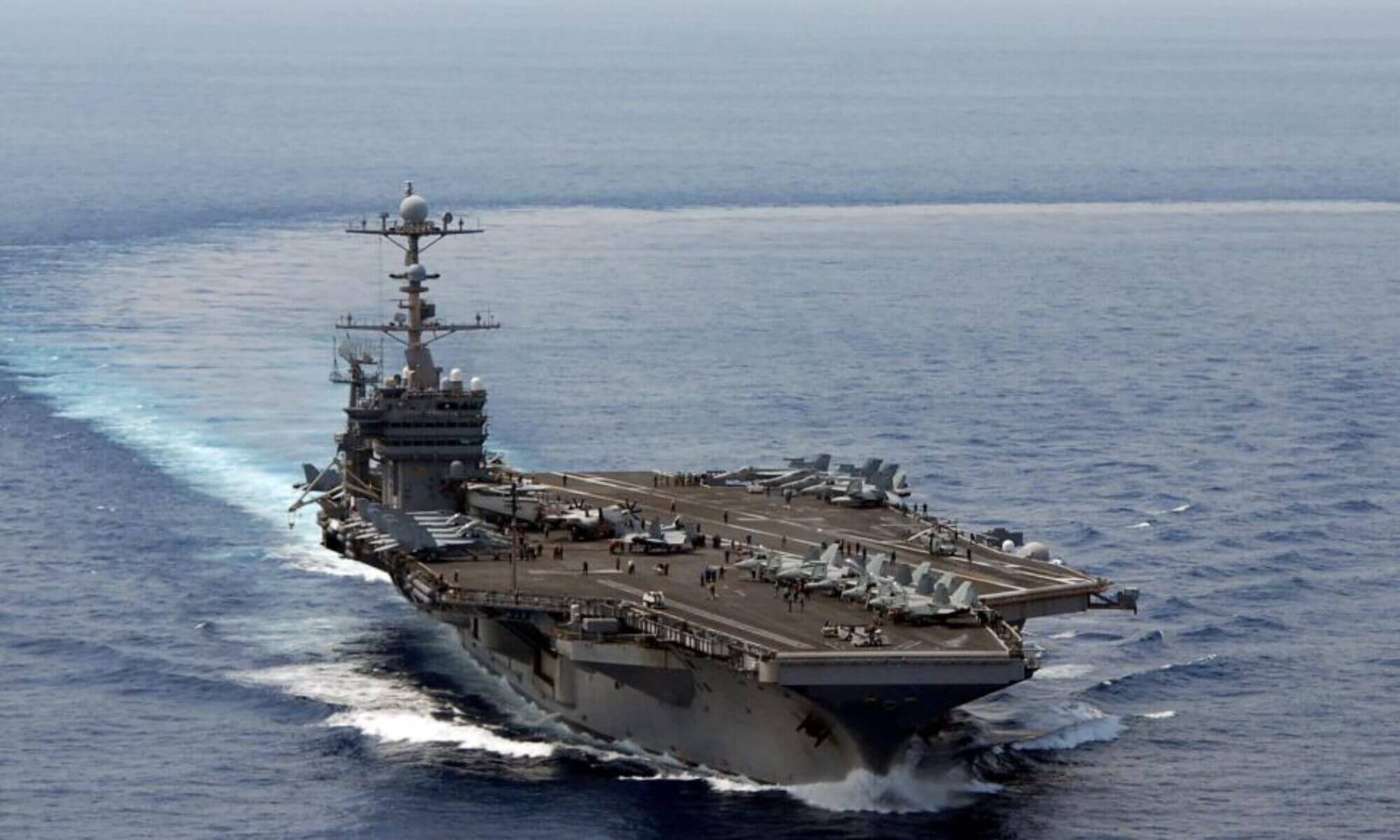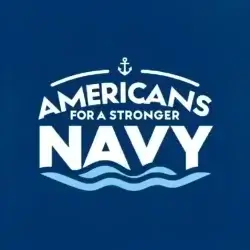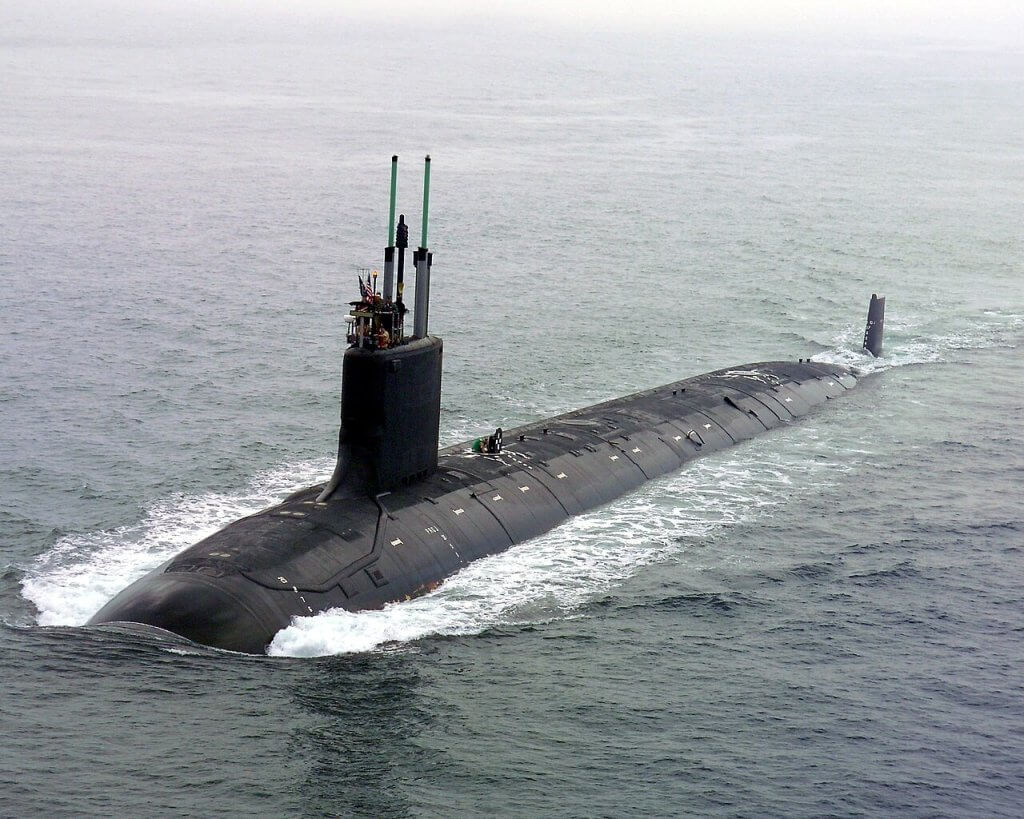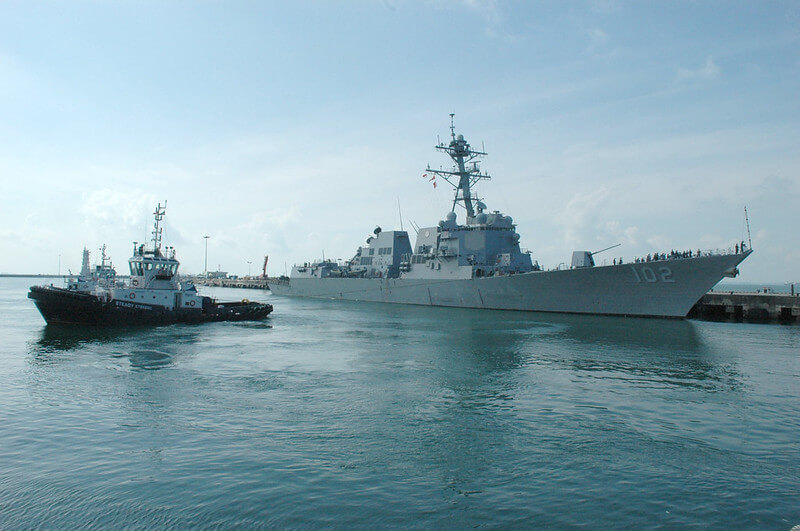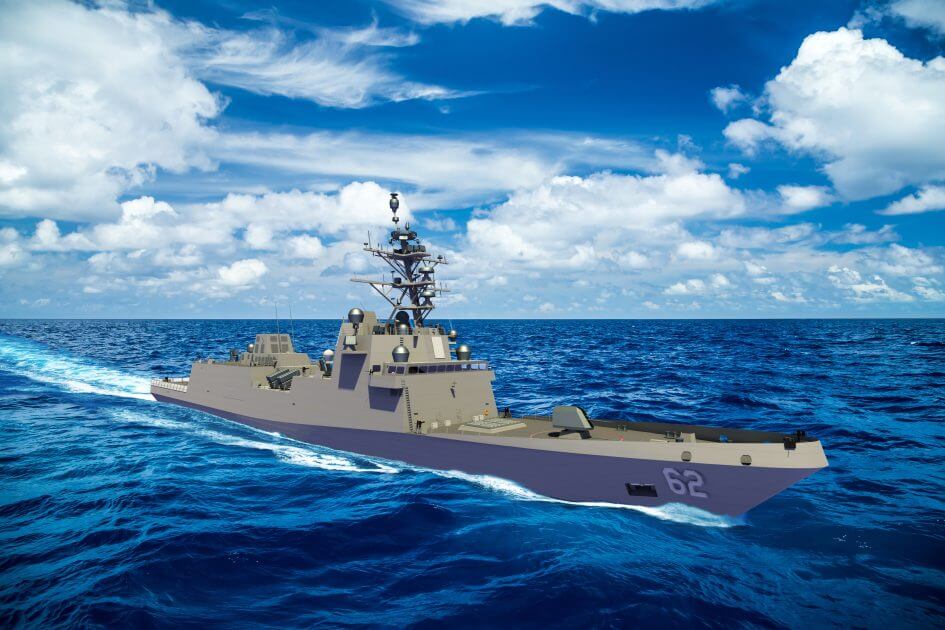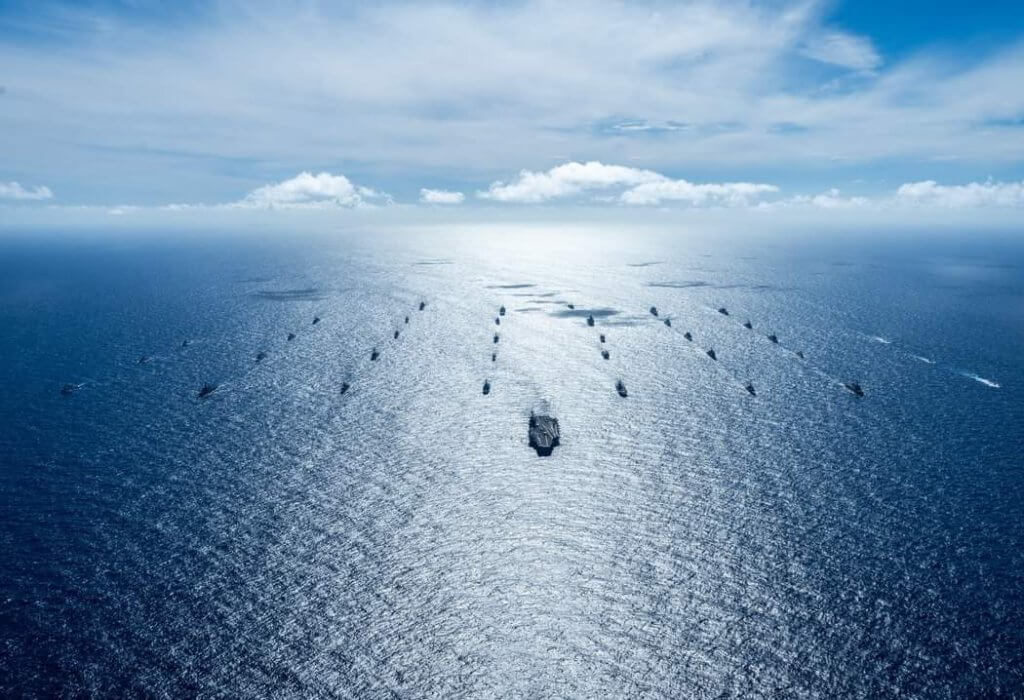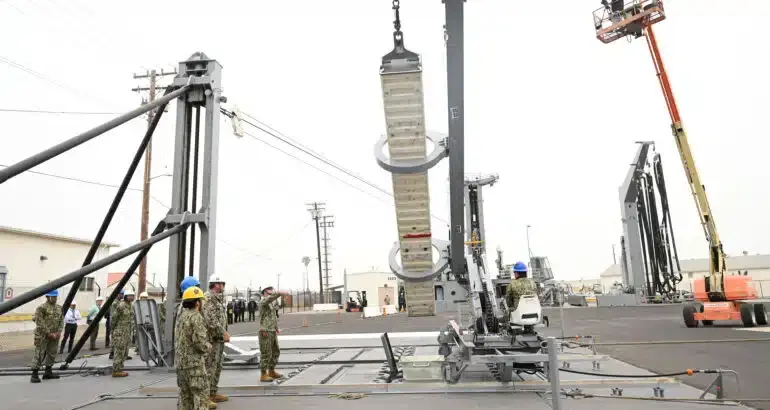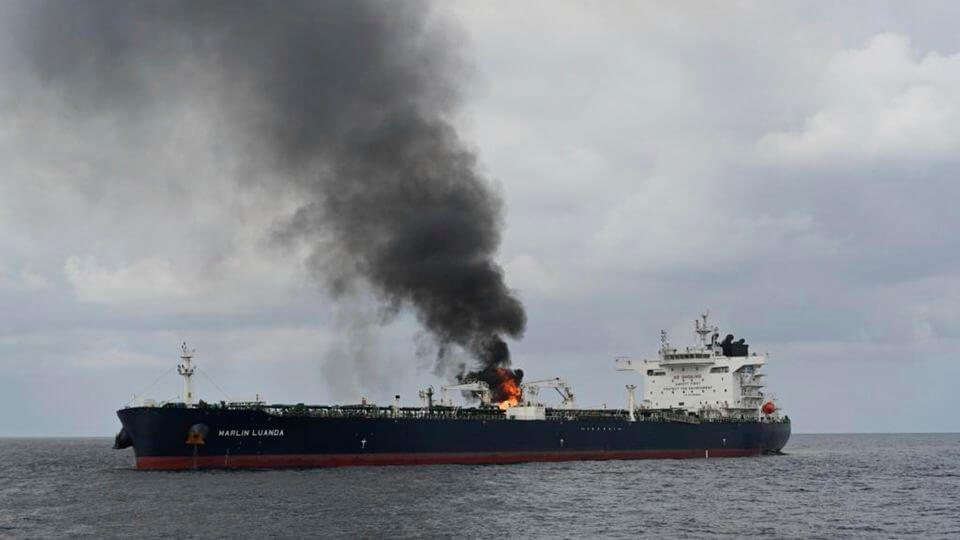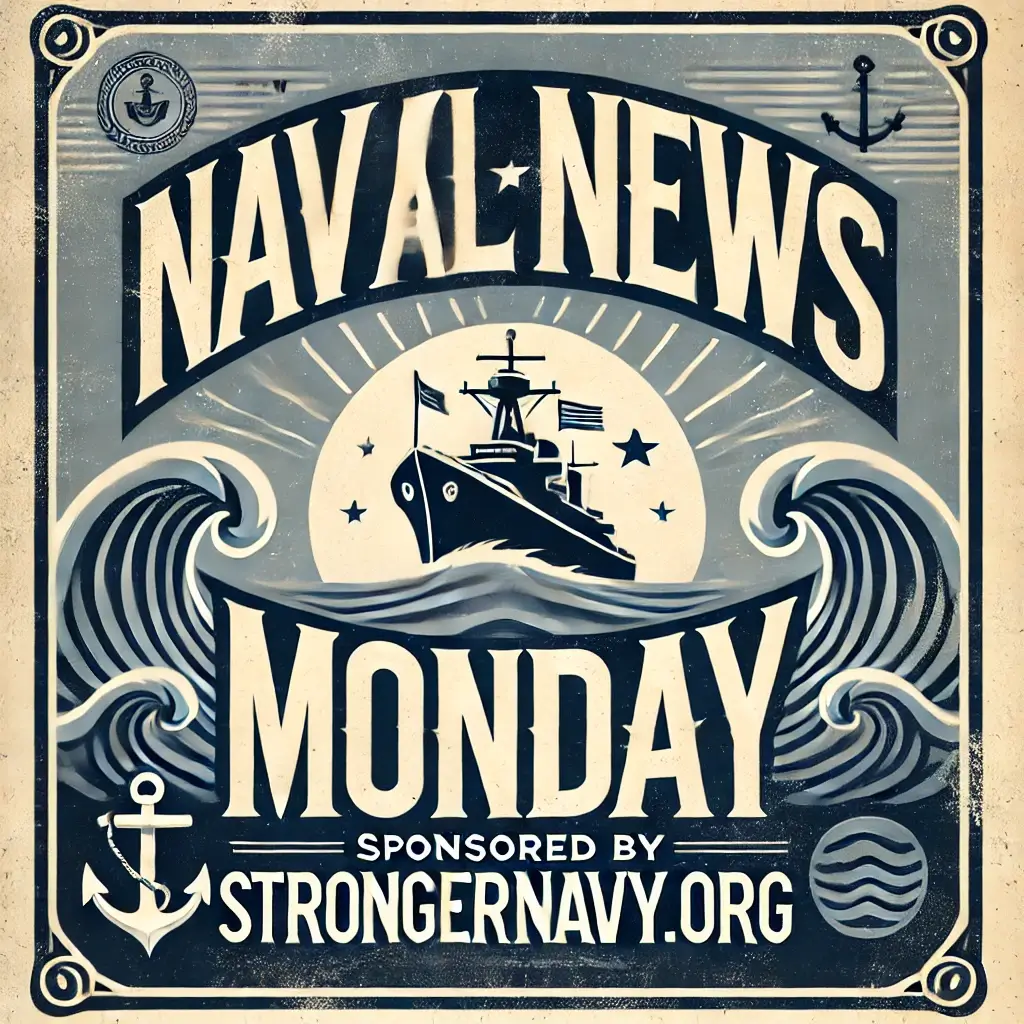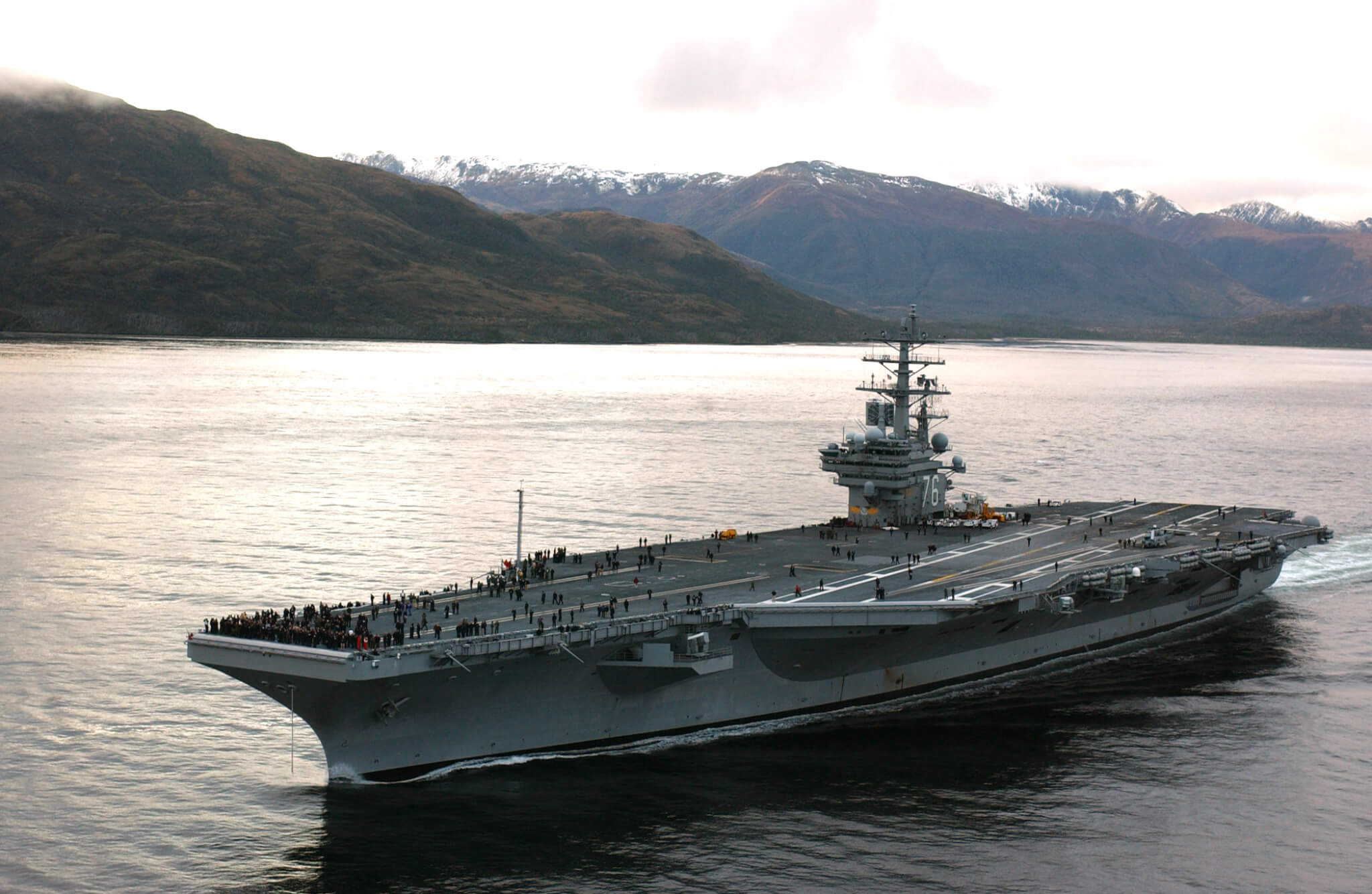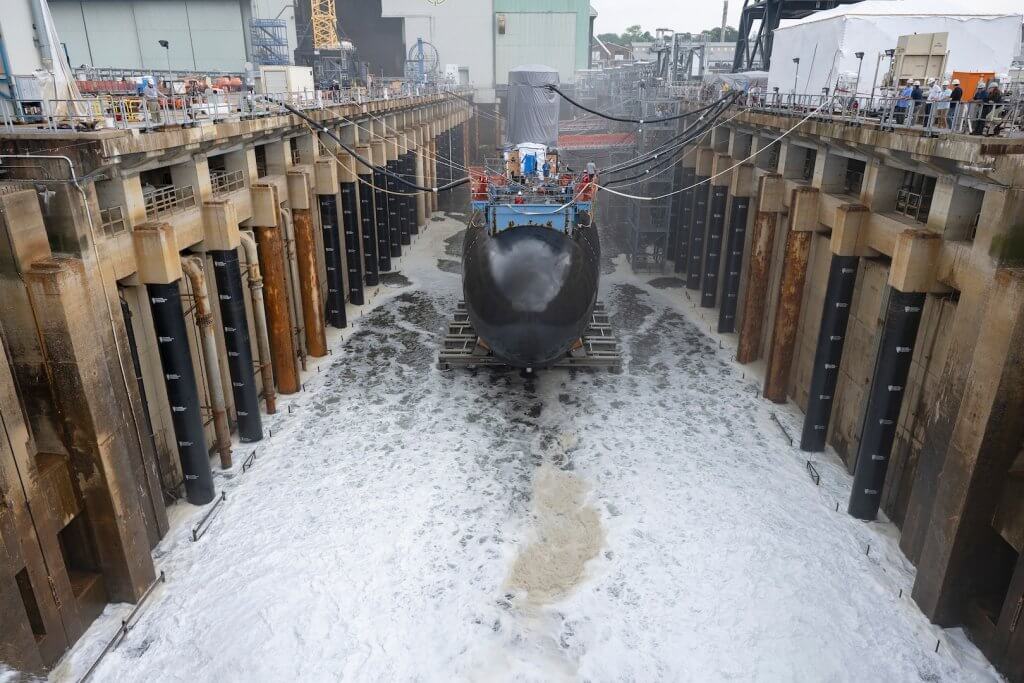
Welcome to this week’s edition of U.S. Naval News Wednesday, bringing you the latest and most significant updates from the naval front.
Operational Updates
USS Abraham Lincoln Accelerates Transit to Middle East
Location: Middle East
In response to increasing tensions, particularly in relation to threats from Iran, the USS Abraham Lincoln (CVN-72) has been ordered to accelerate its transit to the Middle East. The carrier strike group’s deployment is part of a broader U.S. strategy to strengthen its military presence in the region.
U.S. Military Destroys Two Houthi Vessels in the Red Sea
Location: Red Sea
The U.S. military has taken decisive action against Iranian-backed Houthi forces by destroying two of their vessels in the Red Sea. This operation underscores the U.S. Navy’s commitment to ensuring the safety and freedom of navigation in this strategically critical maritime region.
USS Idaho Launched
Location: Thames River
The future USS Idaho (SSN 799), a Virginia-class fast attack submarine, was successfully launched into the Thames River. This marks a significant milestone as the submarine moves closer to being fully operational, enhancing U.S. undersea capabilities.
USS Blue Ridge Arrives in Koror, Palau
Location: Koror, Palau
The USS Blue Ridge (LCC 19), the flagship of the U.S. 7th Fleet, has arrived in Koror, Palau, for a routine port visit. This visit aims to strengthen ties between the U.S. and Palau, emphasizing the strategic importance of the Indo-Pacific region in maintaining regional stability.
Navy SEALs recently conducted a high-stakes training exercise with the USS Greeneville, highlighting the U.S. Navy’s readiness for potential conflicts in contested waters. This joint training reflects the rising tensions with China and Russia and showcases our fleet’s unmatched lethality and strategic depth.
Technological and Strategic Developments
U.S. Navy’s New AIM-174B Missile Deployed in Indo-Pacific
Location: South China Sea
The U.S. Navy has deployed the AIM-174B, an extremely long-range air-to-air missile, in the Indo-Pacific. With a range of up to 400 km, this missile significantly enhances U.S. aerial capabilities and shifts the balance of power in the region, particularly in relation to China’s PL-15 missile.
Navy Medicine’s Top Researcher Tours Southeast Asia
Location: Southeast Asia
Capt. Franca Jones, commander of the Naval Medical Research Command (NMRC), recently concluded a tour across Southeast Asia. Her visit highlights the Navy’s commitment to global health security and collaboration with regional partners to combat infectious diseases.
U.S.-Italy Joint Operations in the Indo-Pacific
Location: Indo-Pacific
The Abraham Lincoln Carrier Strike Group and Italy’s Cavour Carrier Strike Group successfully concluded the first-ever bilateral Multi-Large Deck Event (MLDE) in the Indo-Pacific. This exercise, which focused on maritime communication and air warfare operations, reinforces NATO alliances and promotes a free and open Indo-Pacific region.
Littoral Operations Tactical Decision Aid Showcased at Marine Expo
Location: Washington, D.C.
The U.S. Naval Research Laboratory (NRL) and Office of Naval Research-Global (ONR-Global) demonstrated the LittoralLens imaging system at the Modern Day Marine Expo. This innovative system supports Marine Corps littoral operations, enhancing decision-making in complex coastal environments.
China Watch:
Military Drills Near Taiwan: China recently conducted a significant military exercise, named “Joint Sword,” near Taiwan. This drill involved a show of force with advanced weaponry, including J-20 and J-16 fighter aircraft, Type 052D destroyers, and ballistic missiles. The exercises were likely a response to Taiwan’s new President Lai Ching-te’s inauguration speech, which emphasized Taiwan’s commitment to democracy and freedom. This situation underscores the ongoing tension in the Taiwan Strait and China’s assertive military posture
U.S. and Philippine Joint Patrols: The U.S. Navy and the Philippine Navy recently conducted joint patrols in the South China Sea, emphasizing the strength of their alliance amid rising tensions with China over territorial disputes. This patrol was part of ongoing efforts to demonstrate a united front and maintain stability in the Indo-Pacific region.
Russia Watch:
While the recent focus has been heavily on China, Russia continues to play a significant role in global naval dynamics. Although specific recent events were not highlighted in the sources reviewed this week, Russia’s ongoing military activities in the Arctic and Mediterranean, as well as its partnership with China in joint naval exercises, remain critical areas of concern.
Community and Leadership News
USS Ronald Reagan Arrives in Bremerton
Location: Bremerton, Washington
After serving as the U.S. Navy’s only forward-deployed aircraft carrier in Japan, the USS Ronald Reagan (CVN-76) has returned to the United States. The ship’s arrival at Naval Base Kitsap marks the beginning of its maintenance and upgrade period, while the crew enjoys some well-deserved time stateside.
NAVWAR Change of Command
Location: San Diego, California
Rear Adm. Seiko Okano has taken command of Naval Information Warfare Systems Command (NAVWAR), succeeding Rear Adm. Doug Small. The change of command ceremony, held on August 9, 2024, marks a new leadership chapter for NAVWAR.
USNS Point Loma Christened
Location: San Diego, California
The U.S. Navy has christened the USNS Point Loma, a new medical ship named in honor of the San Diego community. This ship, equipped with two operating rooms and the capacity to support 147 patients, will play a vital role in medical response efforts.
U.S. Navy Band Country Current Tour
Location: Maine
The Navy’s Country Current ensemble is set to tour Maine starting on August 25, connecting with communities and inspiring national pride through music.
Stay tuned for more updates and insights in next week’s edition of U.S. Naval News Wednesday!
